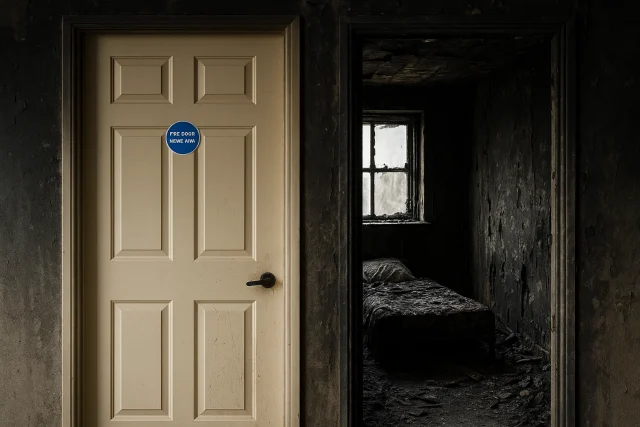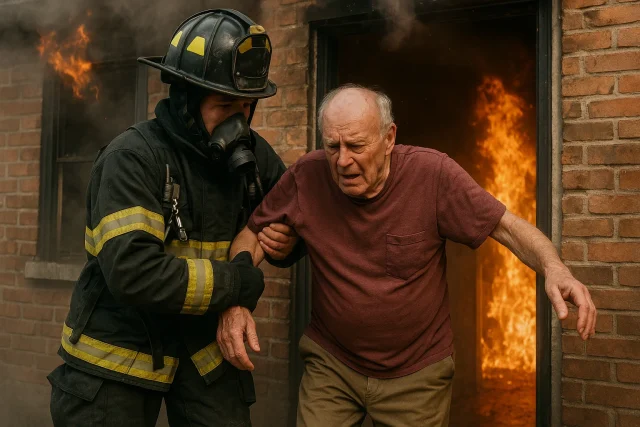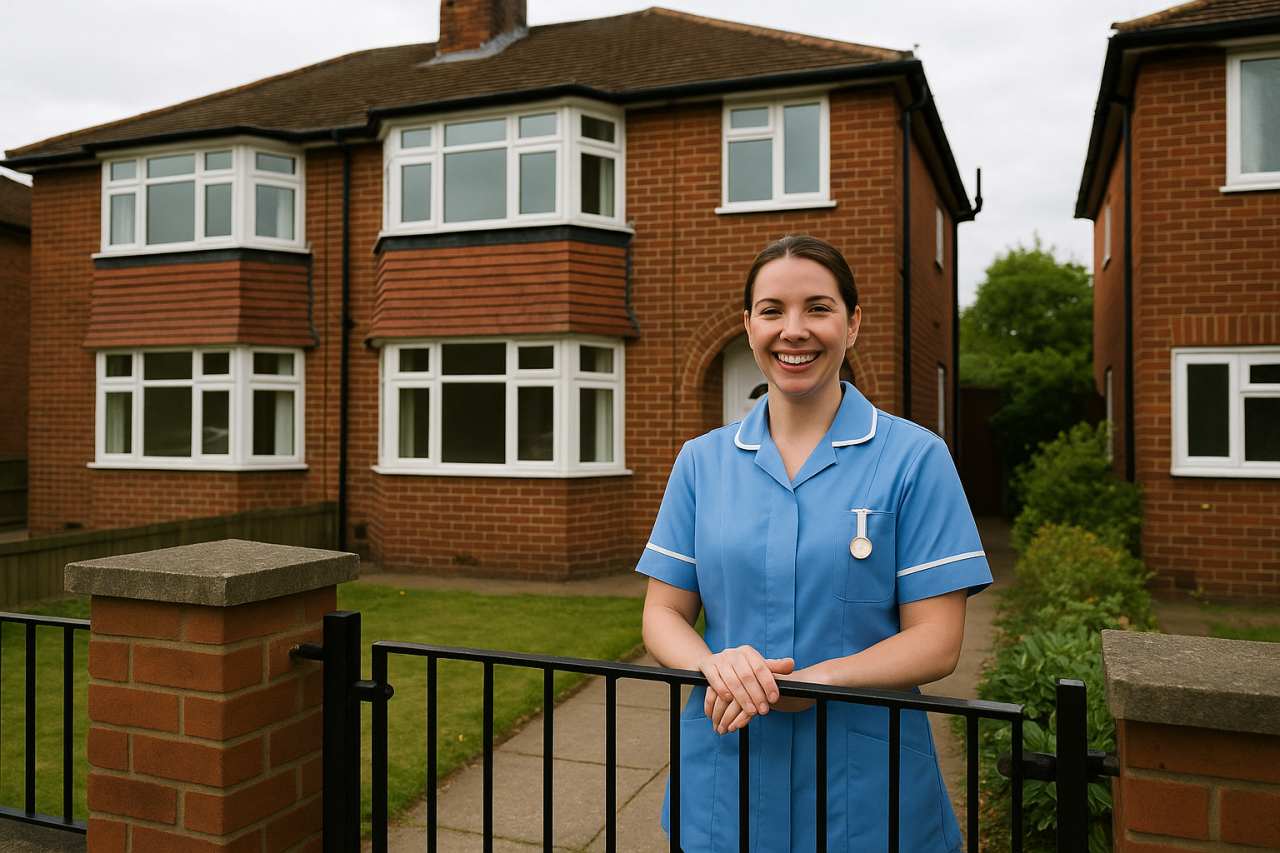The Hidden Fire Safety Requirements When Converting Buildings to Supported Living
Converting a property into supported living is more than just a change of function—it’s about ensuring compliance and safety for your residents. Many property owners are blissfully unaware of the critical fire safety responsibilities they inherit when they make such a change.
Recently, we conducted a fire risk assessment for a supported living house in Middlesbrough, and the findings were eye-opening for the owner. The building appeared safe on the surface, but as we dug deeper, we identified key areas that needed attention to ensure the property met fire safety regulations.
Why Fire Risk Assessments Are Crucial for Supported Living Homes
When you change the use of a building—whether for supported living or another purpose—the safety requirements aren’t the same as those for general residential properties. Supported living homes, which house individuals who may need extra assistance, demand higher fire safety standards.
In our fire risk assessment of the Middlesbrough property, we found critical issues that needed addressing to comply with fire safety laws and ensure the well-being of the residents.
Key Findings from the Fire Risk Assessment
-
Fire Doors – One of the first things we identified was the lack of proper fire doors. These are a non-negotiable safety feature in any building housing vulnerable individuals. Fire doors are essential for containing fires, giving people time to evacuate safely. The owner was shocked to learn these were required. Fire doors aren’t just recommended—they are a legal requirement for fire safety.
-
Emergency Lighting – We also identified a lack of emergency lighting in several areas. Without emergency lighting, residents could become disoriented or trapped during an emergency evacuation, especially in the dark. This was a major concern, and one that needed immediate attention.
-
Escape Routes – Ensuring escape routes are clear and unobstructed is a fundamental part of fire safety. In this property, some areas were not clearly marked, and a few paths were potentially hazardous in the event of an emergency.

How a Fire Risk Assessment Works
A fire risk assessment with Safety Inspectors UK Ltd isn’t just a formality—it’s an essential part of creating a safe environment for all residents. Here’s how we approach it:
-
Site Walkthrough: We begin by inspecting the property thoroughly. This includes evaluating the building’s fire alarms, fire doors, emergency lighting, and escape routes.
-
Risk Identification: We assess potential fire risks, including faulty systems, blocked escape routes, and non-compliant equipment. Our aim is to identify everything that could pose a fire hazard to the building’s occupants.
-
Recommendations: Based on our findings, we provide clear, actionable recommendations to resolve any issues and improve fire safety. For this property, we advised installing fire doors and adding emergency lighting to ensure safety during an emergency.
-
Compliance and Action Plan: Finally, we provide an actionable plan to help the property owner implement the necessary changes and meet fire safety compliance.

Don’t Overlook Fire Safety, Get Your Fire Risk Assessment Today
When converting a property into supported living, you can’t afford to overlook fire safety compliance. Ensuring the safety of your residents starts with a fire risk assessment from experts who understand the complexities of fire safety regulations.
At Safety Inspectors UK Ltd, we specialize in fire risk assessments for all types of buildings. Whether you’re converting a property into supported living or managing an existing one, we can help you ensure your building is safe, compliant, and secure.
Contact us today to schedule your fire risk assessment. Don’t wait for an incident—get ahead of the risk and protect your property and residents with the right fire safety measures.


